It can be quite difficult to continue homeschooling through the summer months, especially if your kids are used to a “traditional” schedule where they get the time off, like mine. But products like Learning About Science Collection, Level 1 by WriteBonnieRose make it a lot easier. Small Fry (who just turned 6 a few weeks ago) and I have been learning all about plants and animals together using this science curriculum for lower-elementary kids this summer.
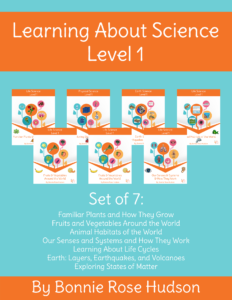 The Level 1 collection that we received (there are also levels 2 and 3 available, with level 3 having options for print or cursive) truly is a collection. It includes 7 different lessons, all for one price of $12. These lessons include:
The Level 1 collection that we received (there are also levels 2 and 3 available, with level 3 having options for print or cursive) truly is a collection. It includes 7 different lessons, all for one price of $12. These lessons include:
- Animal Habitats of the World
- Familiar Plants and How They Grow
- Fruits and Vegetables Around the World
- Learning About Life Cycles
- Our Senses and Systems and How They Work
- Earth: Layers, Earthquakes, and Volcanoes
- Exploring States of Matter
Because it’s gardening season, we chose to focus first on Familiar Plants. This e-book is 14 pages long (including a cover and copyright page) and a self-contained lesson. It opens with a basic lesson on what all plants have: stem, leaves, stamen, pistil, flower, fruit, seeds… I read the lesson parts aloud to Small Fry, who soaked up the information like a sponge – or a seed ;). If you print out the pages (I didn’t, just because our printer is in a location that’s not convenient for me to do any printing at this time), there are also words for your child to trace related to the lesson. Instead of working with a printout, I had Small Fry draw his own pictures and label them accordingly. My favorite part of doing this lesson with him were the questions he asked while we worked, most notably “Do plants have to have growing pains too?” This is an especially sore point (pardon the pun) with him right now because his legs have been really achy lately as he’s getting taller.
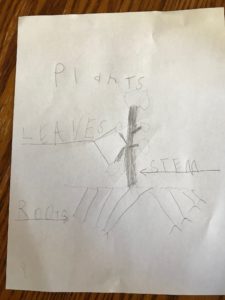 There are also lots of diagrams for coloring and labeling (also using the tracing method). After the lesson, there’s a little quiz – nothing major, just some simple questions that your child can answer with pictures. For example, “which of the following is not a plant?” This lesson was so interesting for my son that we finished it all in one day, and moved on a few days later to Fruits and Vegetables Around the World.
There are also lots of diagrams for coloring and labeling (also using the tracing method). After the lesson, there’s a little quiz – nothing major, just some simple questions that your child can answer with pictures. For example, “which of the following is not a plant?” This lesson was so interesting for my son that we finished it all in one day, and moved on a few days later to Fruits and Vegetables Around the World.
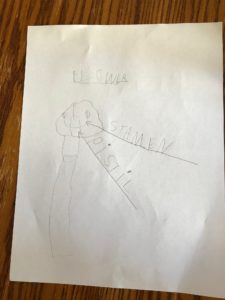 Fruits and Vegetables is a much longer lesson at 37 pages, but it’s also much simpler. It is separated into fruits and vegetables; they’re not combined. The first page (after cover and copyright) is a list of the fruits written in bubble letters perfect for coloring. The next 14 pages have pictures and a short paragraph about each of the fruits in alphabetical order. There is also a tracing area for the names of the fruits, and the pictures are line drawings that can be colored. In the middle of the book is the list of vegetables, and then the book repeats using vegetables instead of fruits. The last few pages, like in the Plants book, is a review/quiz and parent answer key.
Fruits and Vegetables is a much longer lesson at 37 pages, but it’s also much simpler. It is separated into fruits and vegetables; they’re not combined. The first page (after cover and copyright) is a list of the fruits written in bubble letters perfect for coloring. The next 14 pages have pictures and a short paragraph about each of the fruits in alphabetical order. There is also a tracing area for the names of the fruits, and the pictures are line drawings that can be colored. In the middle of the book is the list of vegetables, and then the book repeats using vegetables instead of fruits. The last few pages, like in the Plants book, is a review/quiz and parent answer key.
Even though we didn’t get to them, I looked over a couple of the other lessons so I can be prepared when we hit official “back to school time” later this year. Animal Habitats is a 51-page ebook that runs a very similar format to Fruits and Vegetables, but instead of separating into fruits vs vegetables, it’s organized by type of habitat. For example, the African Savannah animals are listed together (lions, giraffes, elephants, wild African dogs, etc). If I counted correctly (there’s no table of contents), there are 16 different habitats covered, including some that you wouldn’t necessarily think of like Farms and Pets.
Senses and Systems covers exactly what you think it might: the 5 senses in humans and the main systems in our bodies. This one is 19 pages, and a lot of learning (reading) with fewer pictures. There is at least one image for each section, but it’s not quite as graphical as the others I looked into. This doesn’t mean it isn’t as good, though! There’s a lot of information covered, so it’s one that you would want to take a little slower with your child. I think when we do it, I’ll cover just one sense or system each day with plenty of review in between.
We really enjoyed the lessons that we did, and when we start up school again in October (we’re taking an extra month off this summer due to the arrival of our new baby at the end of this month), I can totally see us using more of these lessons. They’re really fun for the early elementary crowd!
For the next 2 weeks, through August 15, 2018, use coupon code REVIEWCREW50 and you can get any of the science ebook bundles (any level) for half price. For Level 1, that’s 7 books for just $6!
Blessings,


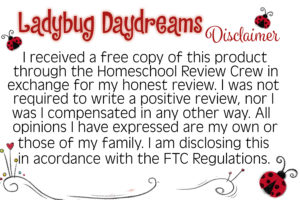
Like this:
Like Loading...
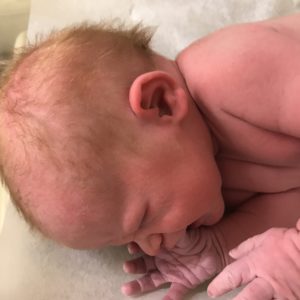 My csection went great. Much better than my dream the night before, in which everything was going wrong. The anesthesiologist was amazing! And my doc got a cyst removed from a sensitive area while I was already numb, so that’s good.
My csection went great. Much better than my dream the night before, in which everything was going wrong. The anesthesiologist was amazing! And my doc got a cyst removed from a sensitive area while I was already numb, so that’s good.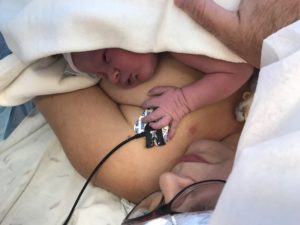 We got bumped back by almost an hour because there was a 34 weeker delivering at my time. Vaginal, but the NICU team was needed for him/her and they like having them on hand for csections too, so we waited. I haven’t heard yet how that baby is doing, so maybe keep the family in your prayers.
We got bumped back by almost an hour because there was a 34 weeker delivering at my time. Vaginal, but the NICU team was needed for him/her and they like having them on hand for csections too, so we waited. I haven’t heard yet how that baby is doing, so maybe keep the family in your prayers. 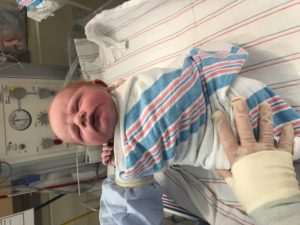 I spent 2 hrs in recovery eating ice chips, then got moved up to the mother/baby unit where we’ll be for the rest of our stay. I was a bit dizzy from lack of sleep and quite itchy on my face from the anesthesia, but rest and IV meds took care of those. He’s nursed successfully three times now, by just 13 hours old (as I write this at 2:15 a.m.).
I spent 2 hrs in recovery eating ice chips, then got moved up to the mother/baby unit where we’ll be for the rest of our stay. I was a bit dizzy from lack of sleep and quite itchy on my face from the anesthesia, but rest and IV meds took care of those. He’s nursed successfully three times now, by just 13 hours old (as I write this at 2:15 a.m.).


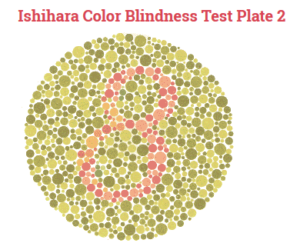
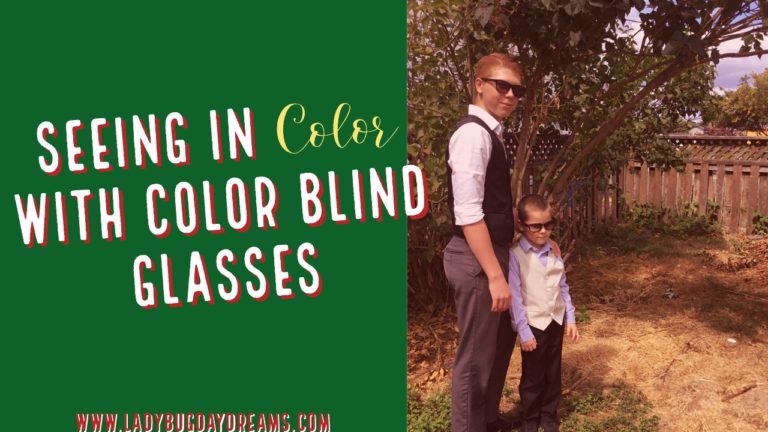
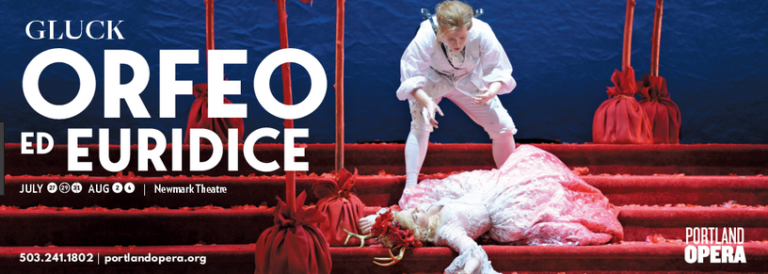
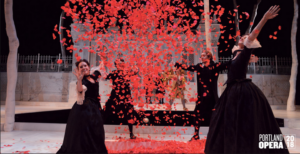
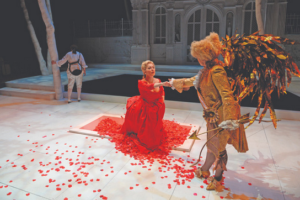
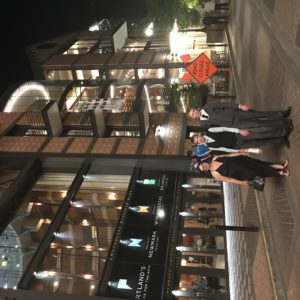
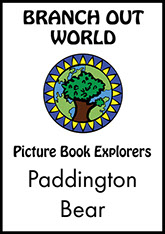 This unit study is based on the original Paddington picture book, and there are lessons to cover 5 days. It is available as a digital download and does not include the book. There are plenty of options for the book, though: you can likely find it at your library, it’s for sale on Amazon, and there’s even a narrated video for it on YouTube. For many reasons, we weren’t able to access the actual book, so we used the YouTube video (which is about 10 minutes long).
This unit study is based on the original Paddington picture book, and there are lessons to cover 5 days. It is available as a digital download and does not include the book. There are plenty of options for the book, though: you can likely find it at your library, it’s for sale on Amazon, and there’s even a narrated video for it on YouTube. For many reasons, we weren’t able to access the actual book, so we used the YouTube video (which is about 10 minutes long).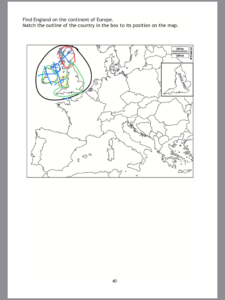
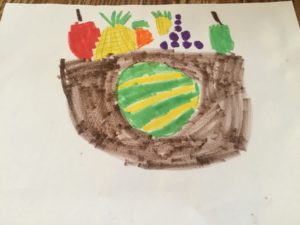


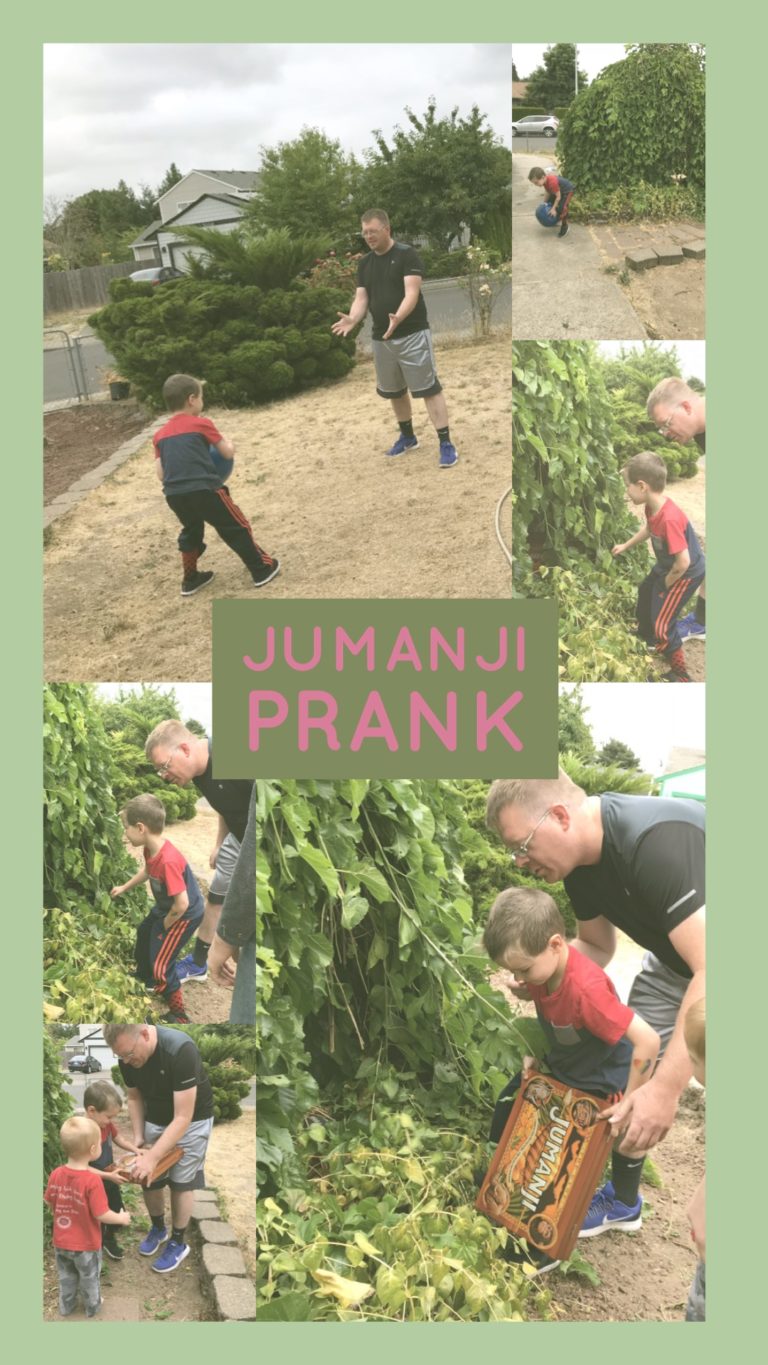
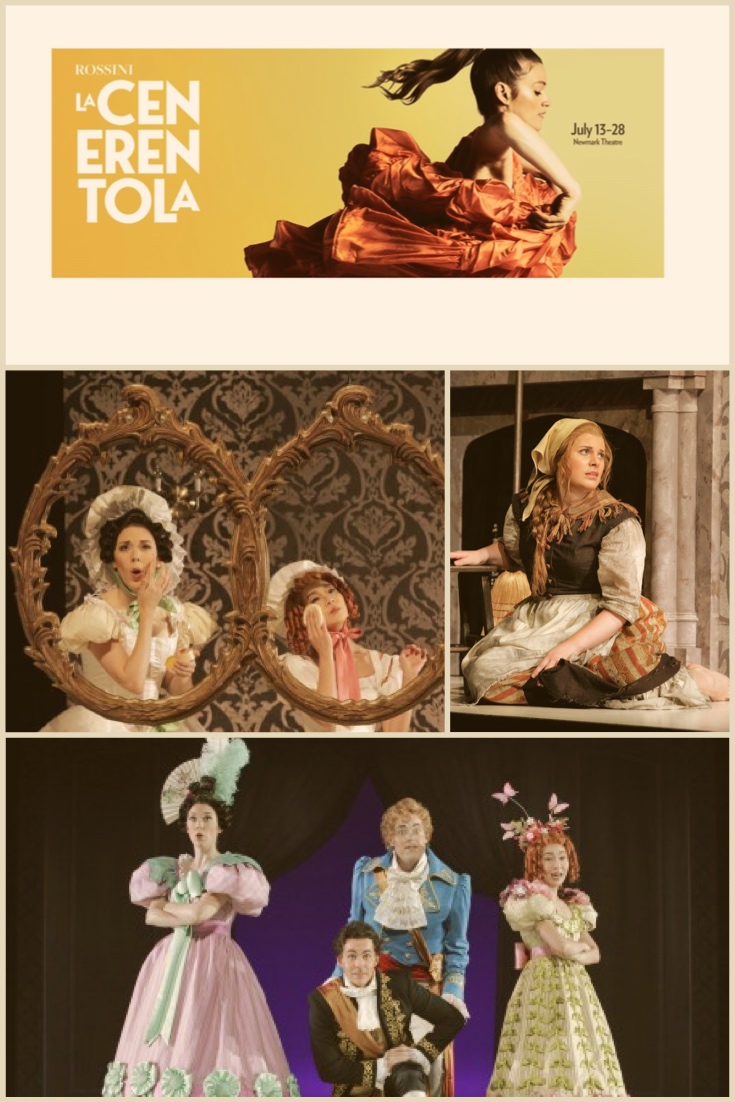
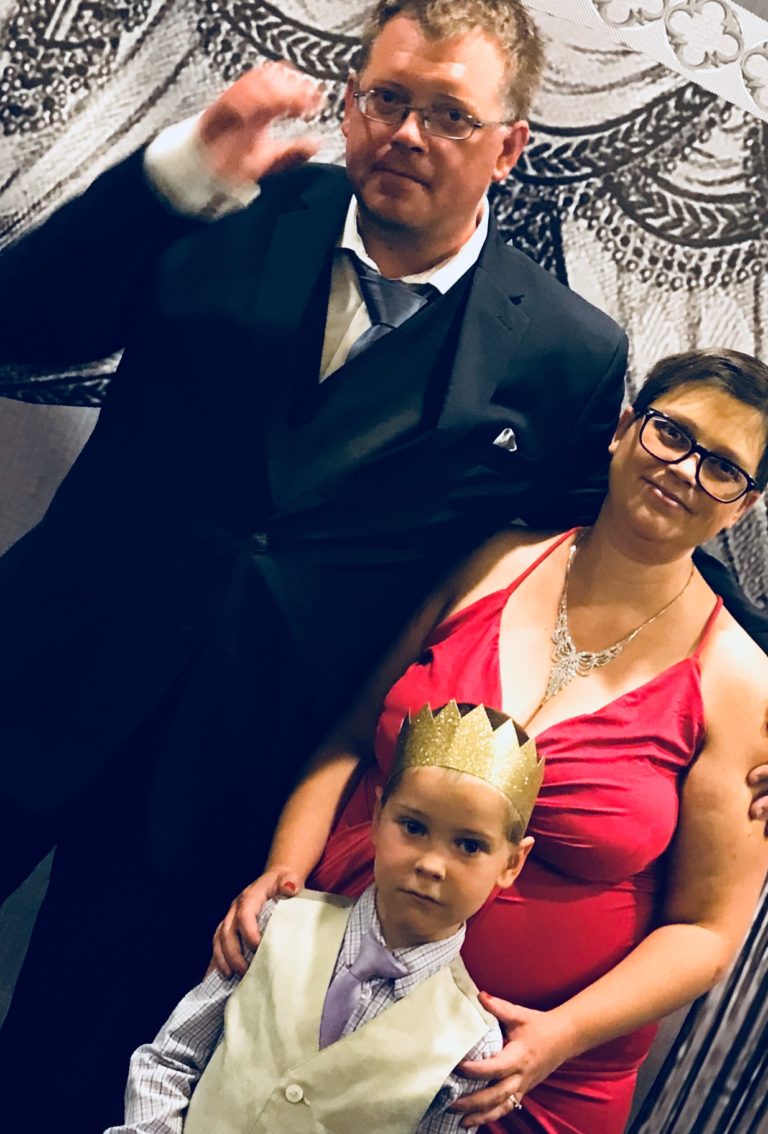
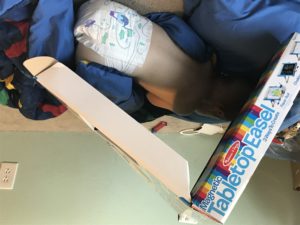
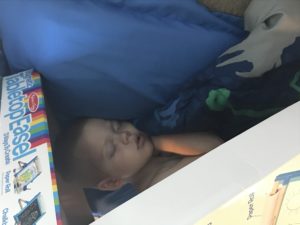
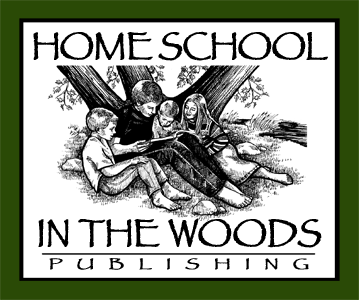 If it’s your first time using one of the Lap-Paks, the best folder in which to begin is the PDF subfolder “Introduction and Directions.” Here, you’ll find 4 PDFs to help you understand what you’ve gotten yourself into and how all the different pieces (the main project in this unit is a lapbook, if you and your are so inclined to make one) will go together in the end. The next thing to do, especially if you’re going to make the lapbook as prescribed, is to get all the printing done. I have to warn you: Home School in the Woods requires a lot of printing per child.
If it’s your first time using one of the Lap-Paks, the best folder in which to begin is the PDF subfolder “Introduction and Directions.” Here, you’ll find 4 PDFs to help you understand what you’ve gotten yourself into and how all the different pieces (the main project in this unit is a lapbook, if you and your are so inclined to make one) will go together in the end. The next thing to do, especially if you’re going to make the lapbook as prescribed, is to get all the printing done. I have to warn you: Home School in the Woods requires a lot of printing per child.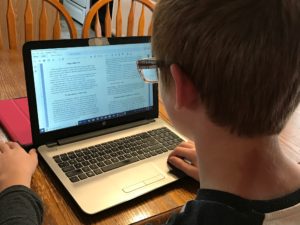
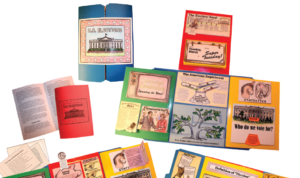
 The Level 1 collection that we received (there are also levels 2 and 3 available, with level 3 having options for print or cursive) truly is a collection. It includes 7 different lessons, all for one price of $12. These lessons include:
The Level 1 collection that we received (there are also levels 2 and 3 available, with level 3 having options for print or cursive) truly is a collection. It includes 7 different lessons, all for one price of $12. These lessons include:
